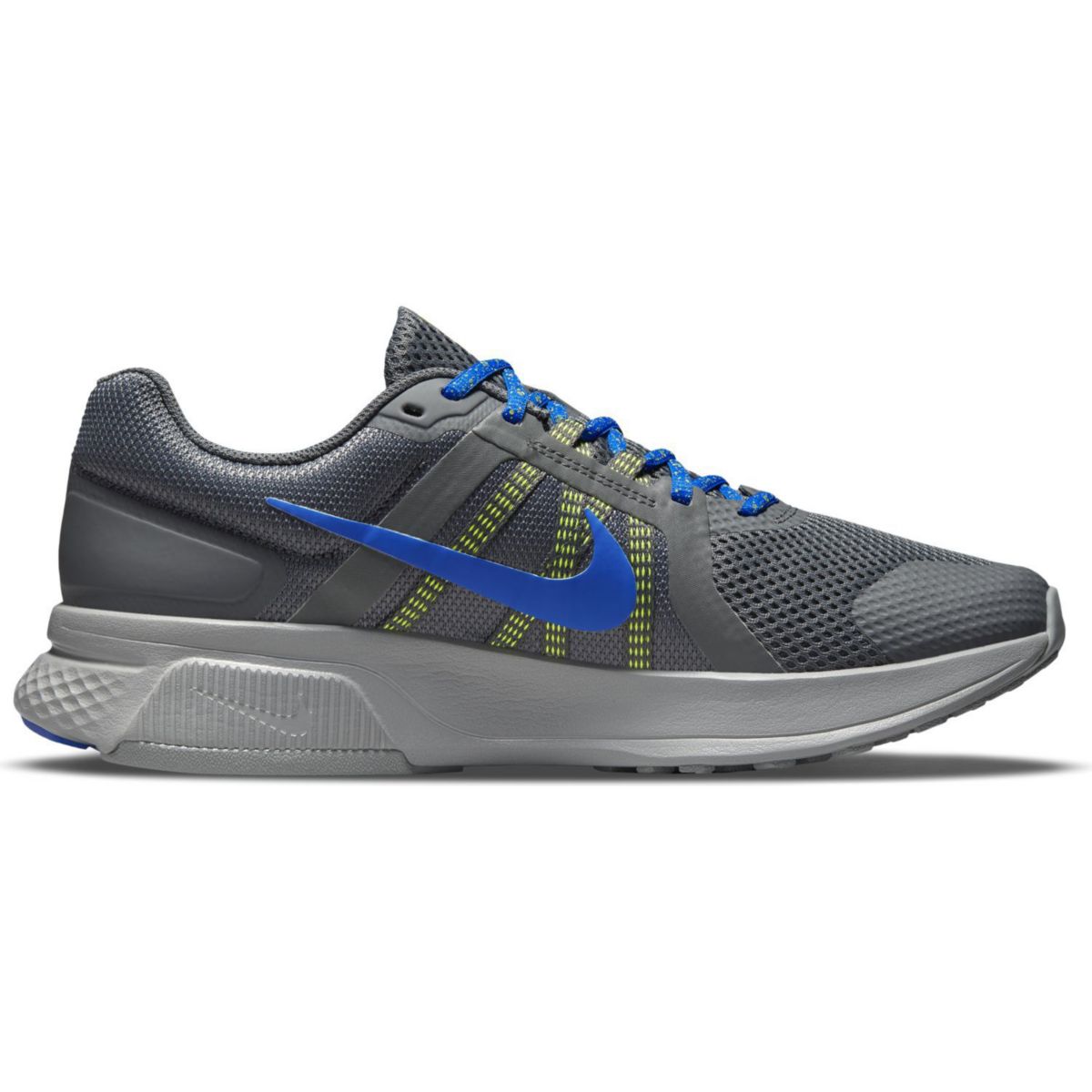
When you start updating one of the world's fastest shoes, there's not much you need to change. Such changes make the original world-beater, even better.īest for everyday training Nike Air Zoom Pegasus 39 The back half of the chassis has been reworked, too, improving stability. These changes makes the shoe more compliant when the forefoot hits the ground and improves energy return. The outsole material is also thinner but more durable. Even if you can't run at Kipchoge pace – and who can? – the energy saving will maximise your PB chances over any distance, but particularly the longer races.įor the latest iteration, a thin layer of ZoomX foam has been added under the forefoot air pods, while cushioned heel pods have been added to the rear. When you run, the shoe propels you forward – the faster you run, the more you feel it. And there surely can't be a better recommendation for a shoe that that. When Eliud Kipchoge ran the first sub-two-hour marathon in history in October 2019 he wore a prototype of these shoes.

Since then Nike has launched a host of innovations, changing the face of running. Then, in 1978, followed the Air sole – an air-filled pod in the midsole designed to absorb impact. Taking it off to the garage to experiment, he ruined the waffle iron but eventually created the waffle sole, still in use today. In 1970, Bowerman – while trying to devise a way of improving traction on newly designed track surfaces – caught side of the family waffle iron.


The first official Bowerman-engineered design was the 1967 Cortez, which featured a full-length foam midsole – displaying the kind of innovation that has become the brand’s hallmark ever since. Bowerman had long been tinkering with the designs of his athlete's shoes in an attempt to get the edge on their rivals. When the relationship with the Japanese company became tricker, they started to develop their very own running shoe designs. In 1964, he partnered with his former coach at the University of Oregon, Bill Bowerman, and Blue Ribbon Sports, the precursor to Nike, was born. When Phil Knight decided to start importing Japanese Onitsuka shoes (a company that later become known as Asics) in the early 1960s, he did so with a loan from his dad and out of the back of his car. Now that Nike is a global powerhouse, involved in virtually every sport, it's easy to forget that they started out as a running shoe company.


 0 kommentar(er)
0 kommentar(er)
